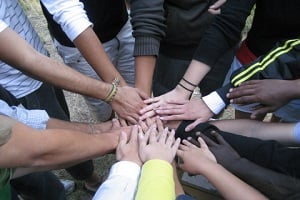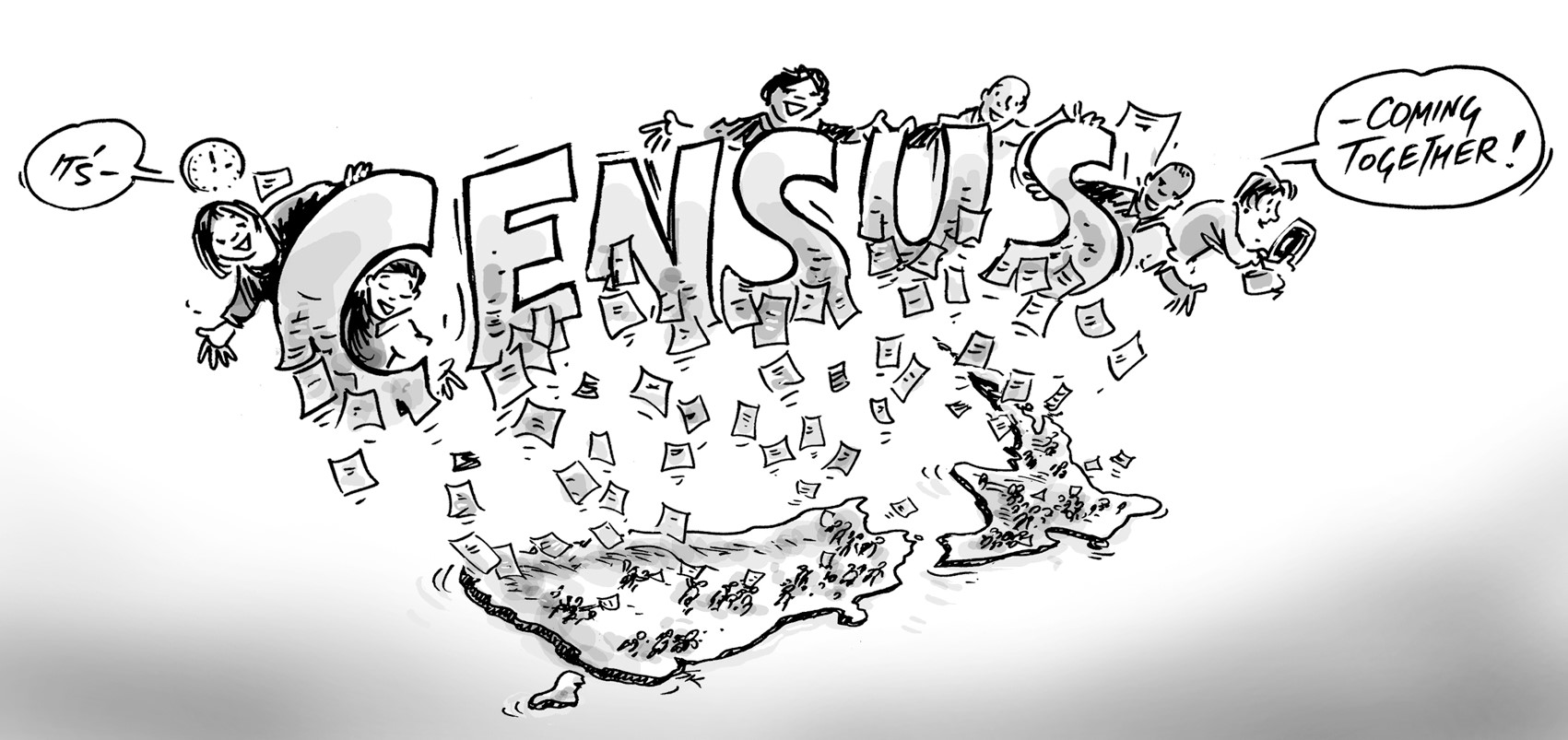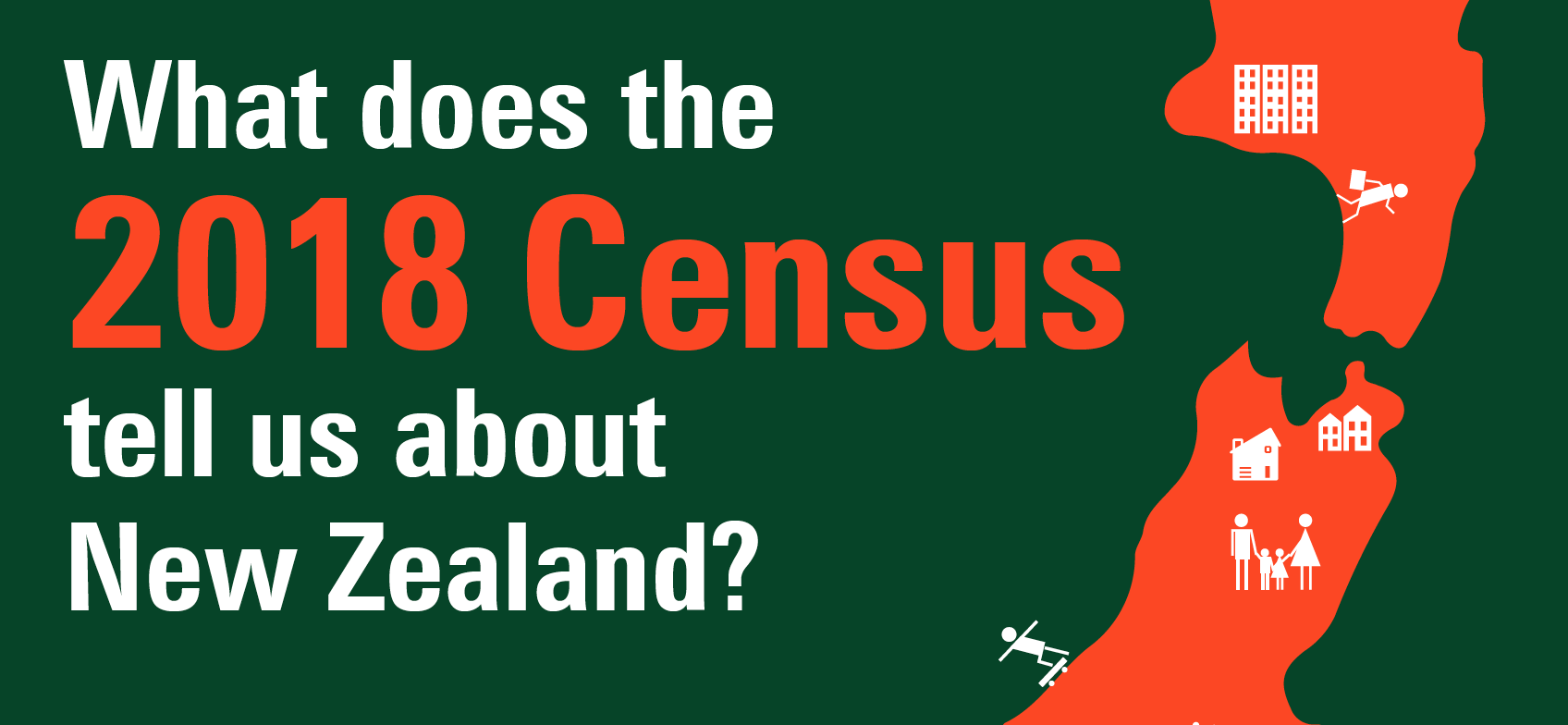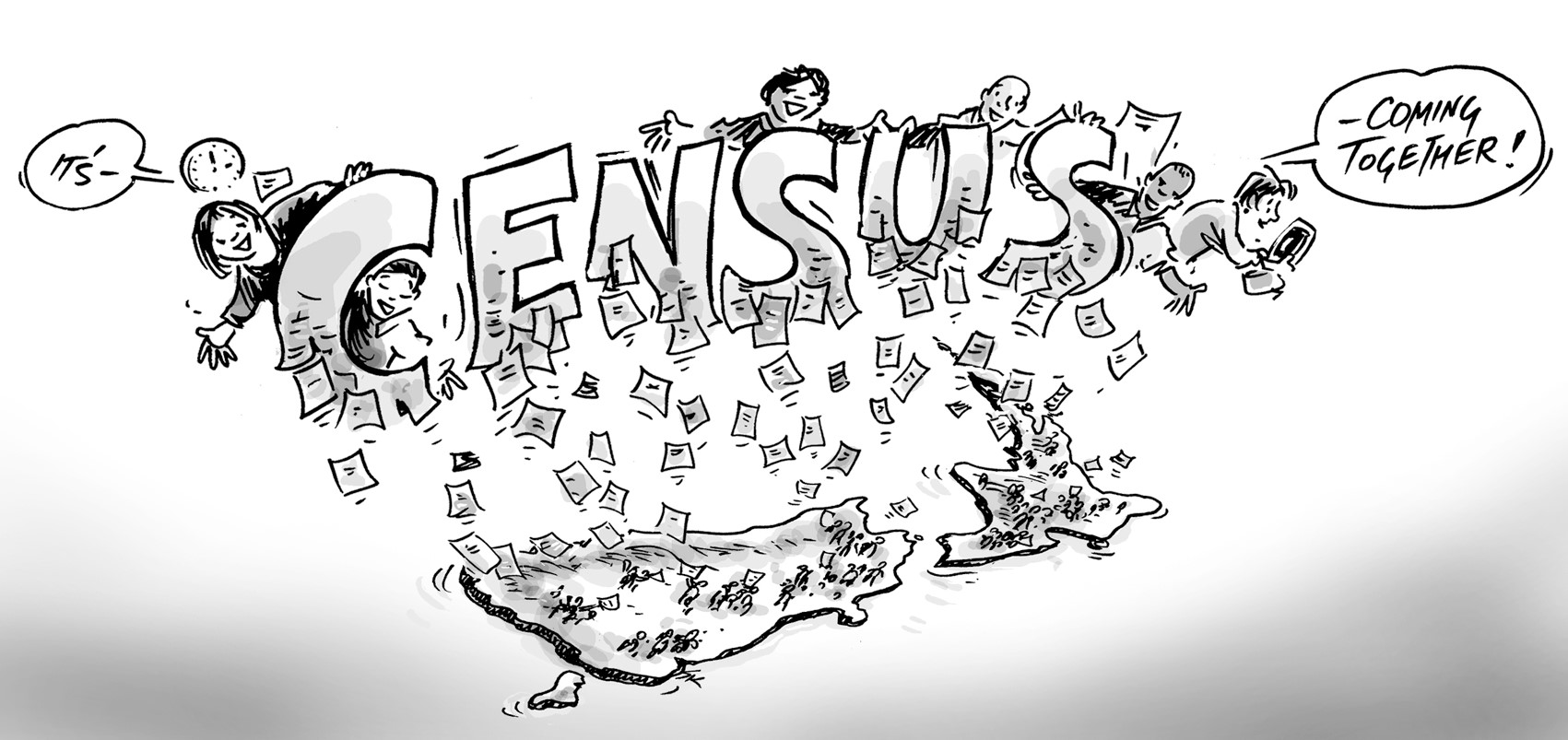Local Government does great work consulting with its local communities. But as these communities change and become increasingly diverse, is the public consultation process keeping up with this trend?

I joined .id last year as the result of a chance meeting with founder Ivan Motley at a Local Government conference in New Zealand. I was speaking on the effectiveness of local government public consultation practices and who councils are hearing from. [Before I go any further – it’s not the squeaky wheels!] Anyhow after working for over a decade in Local Government in New Zealand, I’ve always been a keen disciple of informed decisions. I was struck by the usefulness of .id profile as a platform to launch all manner of activity.
For Ivan and the planners/forecasters at .id, the information products were initially all about providing support for that planning work in councils. Yet the application of demographic data is much wider than that.
In my previous life as a communication manager a key part of my job had been providing information to the community and stakeholders. Naturally, the .id products got me a little excited because the value to the wider community of a single source of easy to access demographic information is considerable. However, it was in the area of consultation planning that the .id profile and social atlases were really fascinating to me.
As planners and communication managers know, most communities have distinct participation profiles. Unfortunately, while our community’s continue to diversify, the feedback councils collect through public consultation fails to follow that trend. So if consultation and participative decision-making was a solution to facilitate council responsiveness to this diversity, where are we now?
Looking at consultation practice in New Zealand, councils display real strengths identifying communities of interest and stakeholders. Yet, there’s not much use of demographic and spatial data to refine consultation programmes to better connect with the young, ethnic communities, those with low incomes or education levels, etc.
Probably because that info’s hard to get at!
There has been some great research work come out of Swinbourne University looking at the “hard to reach” in consultation. Some of it refers to the demographic traits I’ve noted. Here’s a link to their portal page if you are interested in learning more – http://www.sisr.net/flagships/democracy/projects/community.htm
If you have had some positive experiences connecting with hard to reach groups, we’d love to hear from you and share your story with our readers. Please leave us a comment.
To access detailed demographic information about local communities, access .id’s free demographic resource centre at www.id.com.au










